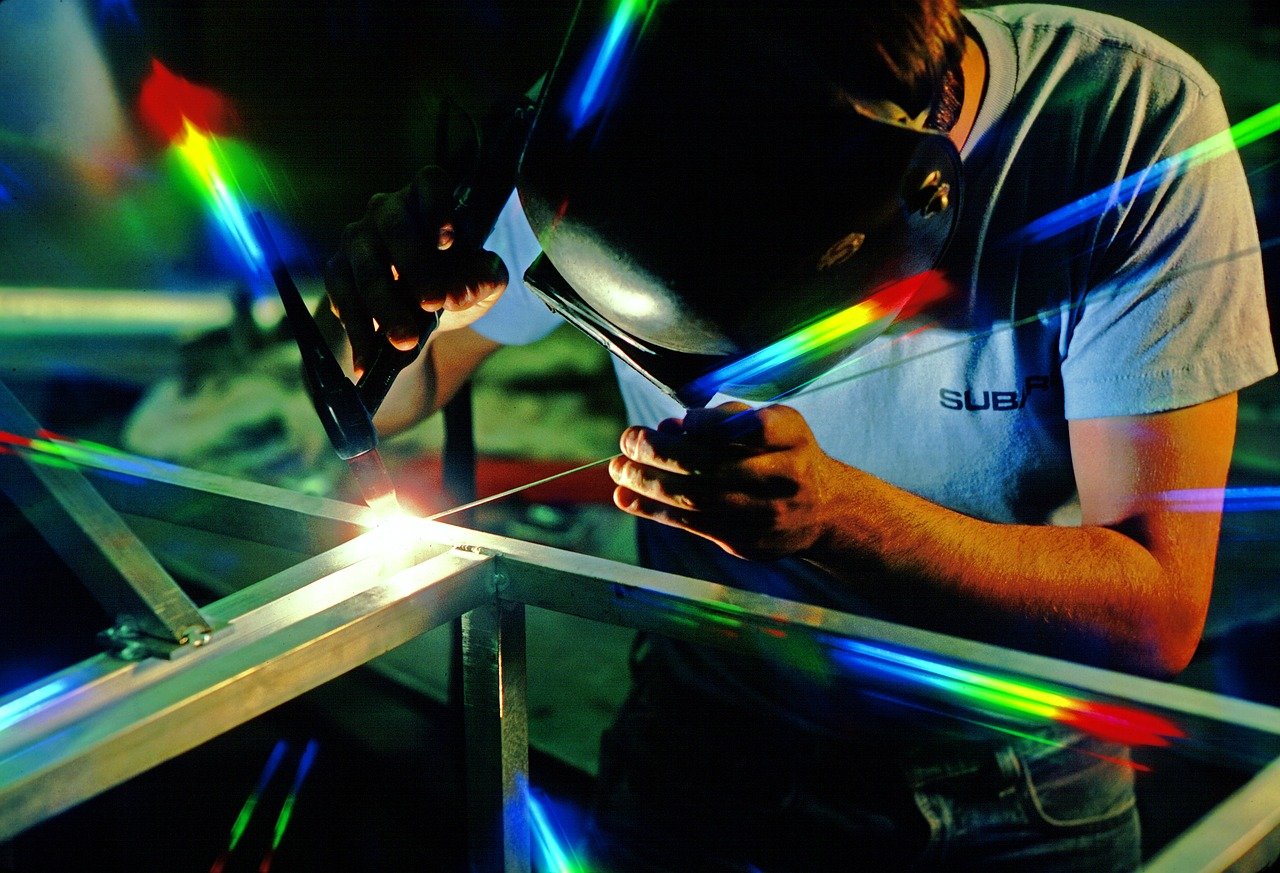Whether you’re deciding on the best CNC materials for a machining process or selecting sustainable raw elements, there are multiple factors to consider, including:
- Availability
- Pricing
- Performance
- Industry regulations
- Manufacturing environment
Here we’ll run through these crucial considerations to help you select the right manufacturing material for your product.
Availability Of Materials
Over the last year, businesses have experienced extreme shortages owing to pandemic restrictions, economic pressure, and logistical challenges.
Forbes reports show rising commodity prices and shortages in everything from lumber to semiconductor chips.
It’s essential to consider the supply chain and whether specialized materials are available when it comes to choosing your product materials. Some may not be available with the same lead times and reliability, and you don’t want that to hurt your manufacturing.
Shipping is also crucial since raw materials requiring special packaging or transport arrangements may be harder to get when they are in high demand.
Locally-sourced materials are often the most secure option, depending on the manufacturing sector. This option substantially reduces transportation difficulties and increases the likelihood of quick turnaround deliveries.
Cost Implications Of Choosing Manufacturing Materials
The next factor is cost – a crucial consideration for any manufacturing process.
For most production companies, it’s a balancing act of:
- Lower cost vs. lower quality vs. higher profits
- Higher cost vs. higher quality vs. potentially lower profits
If you’re being forced to change some of your manufacturing materials due to pricing, now is an excellent time to analyze the demand for premium versions of your products, to see if it’s worth continuing their production.
Other options include:
- Testing and evaluating prototypes of lower-cost alternatives.
- Outsourcing material production to cut production costs.
- Restructuring your commodity offerings to introduce different price points.
The goal is to have sustainable manufacturing costs and output quality.
The Importance Of Manufacturing Material Specifications
When considering prototyping alternatives, the specifications required will be a key driver in identifying suitable options.
It is helpful to look at the properties of the raw material. Look for the core features of the materials, including heat resistance, durability, storage requirements, and any handling tools.
Your product features are also crucial – what is the design of your device intended to achieve? What are the unique selling points that make your goods appealing to your target customer?
Identifying the key features of your products will help you determine the right materials to produce them with.
Identifying Industry Regulations
Many industries have legislation and regulations regarding materials used in manufacturing.
Choosing a material without reviewing the regulations can cause major setbacks in production and cost you time and money.
For example if you’re working in the USA, some industry regulations include:
- Vehicle production or parts manufacture must comply with The National Highway Traffic Safety Administration (NHTSA).
- The Federal Drug Administration (FDA) regulates medical devices.
- The United States Department of Housing (HUD) regulates the construction, installation, and safety of manufactured homes.
One example in CNC milling is Aluminium 6061, a common general-purpose material used for its strength-to-weight ratio and corrosion resistance.
This alloy is often used in auto parts. Therefore, vehicle manufacturing regulations may impact your ability to use this material in your products.
Likewise, Carbon Steel 1045 is commonly used in architecture. Businesses using the steel must have it tested and provide evidence that it complies with home building legislation.
How The Production Environment Impacts Manufactured Material Selections
Finally, the manufacturing environment matters, so you’ll need to determine:
- The production processes required for your product.
- The end use of the product.
Once you know your production process and the product’s end-use, you can find materials that will work within those environments.
If your products will be exposed to harsh environments, you might need to look at corrosion protection, chemical interactions, and protective finishes.
Products used solely in climate-controlled spaces may have greater flexibility. However, it’s still crucial to look at your intended materials durability and ensure that the materials are the right fit for your product’s use case.
With deliberate research and careful consideration, you can find the right materials to use for your products. Selecting the right materials will ensure your products don’t fail, prevent future roadblocks, and lead to higher profits.



 Bitcoin
Bitcoin  Ethereum
Ethereum  Tether
Tether  XRP
XRP  Solana
Solana  USDC
USDC  TRON
TRON  Lido Staked Ether
Lido Staked Ether  Cardano
Cardano  Avalanche
Avalanche  Toncoin
Toncoin